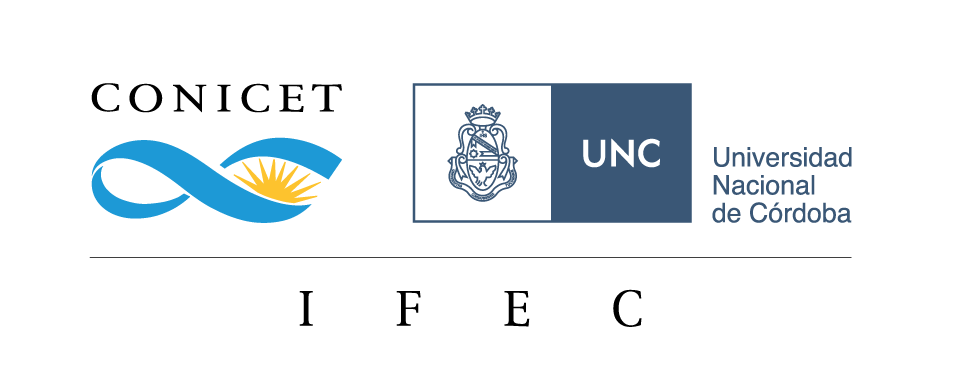María Laura Raymond Eder, Agustina Caffaratti & Alberto Luis Rosa
DOI: 10.1007/s00438-025-02257-3
Abstract
Yeast microsatellite loci consist of short tandem-repeated DNA sequences of variable length useful for strain differentiation, population genetics, and evolutionary biology. We have previously shown that, besides the variable number of their tandem-repeated motifs (TRM), allelic variants for some microsatellite loci of wine yeast species are also dependent on SNPs and/or indels flanking their TRM. In this work, we show that TRM for some microsatellite loci of the wine yeasts H. uvarum, S. cerevisiae, T. delbrueckii, B. bruxellensis, and M. guilliermondii are located within protein-coding sequences, most of them resulting in predicted polymorphic tracts of charged amino acid residues (i.e., E, Q, D, and N). In silico analyses predict that variations in the TRM lengths of S. cerevisiae microsatellites YPL009c and SCYOR267C, located within the coding sequences of the RQC2 and HRK1 genes, respectively, significantly disrupt the structure of the encoded proteins Rqc2 and Hrk1. Indigenous S. cerevisiae strains carrying TRM allelic variants that could potentially disrupt Rqc2 and Hrk1 function, do not exhibit the increased sensitivity to cycloheximide and acetic acid observed in ΔRQC2 and ΔHRK1 deletion strains, respectively. Interestingly, S. cerevisiae isolates carrying identical TRM alleles in either the RQC2 or HRK1 genes exhibit different growth behaviors in response to cycloheximide or acetic acid, suggesting that the genomic background contributes to the observed phenotypes. Taken together, our results suggest that coding microsatellites are common in wine yeast and may be located in regions of proteins that do not disrupt their function, and/or in proteins with a high degree of structural plasticity.

